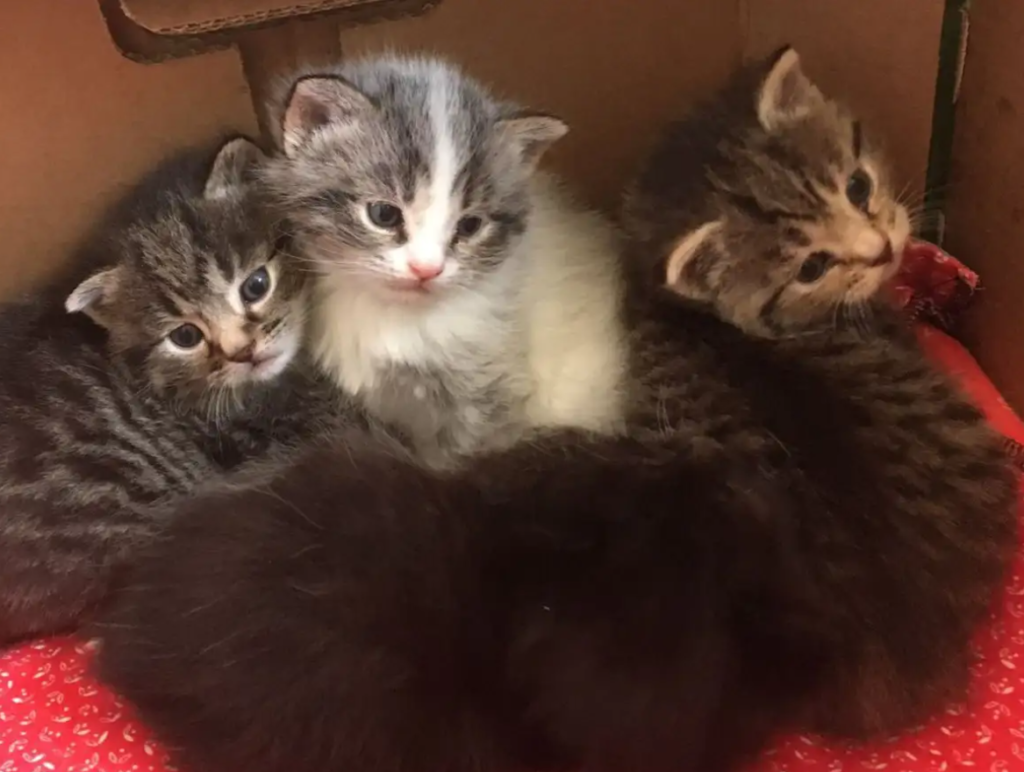If you’ve ever heard the phrase “curiosity killed the cat,” you know that cats are naturally drawn to explore new and unusual things in their environment. One peculiar fascination that some cat owners have noticed is their feline’s interest in salty licorice. While salty licorice, often a love-it-or-hate-it treat for humans, might seem like an unusual attraction for cats, some pet owners have witnessed their cats investigating or even attempting to nibble on the black candy. But what’s behind this curious behavior? Should cats even be allowed to indulge in this peculiar snack? Let’s dive into the fascinating world of cats and their unexpected attraction to salty licorice.
Salty Licorice Cat: Understanding the Basics
| Topic | Details |
|---|---|
| Focus Keyword | Salty Licorice Cat |
| Type of Behavior | Interest in human foods, specifically salty licorice |
| Potential Reasons | Curiosity, scent, texture, salt cravings |
| Health Risks | Toxic ingredients (glycyrrhizin), salt content |
| Recommendations | Keep licorice away from cats, provide safe alternatives |
| Pet Owner Awareness | Educate on toxic foods for cats |
Why Are Cats Attracted to Salty Licorice?
Cats are known for their curious nature, often sniffing or pawing at anything new or different that enters their domain. Salty licorice, with its strong aroma and unique texture, can intrigue some cats, but it’s important to understand why. Cats are obligate carnivores, meaning their diet should primarily consist of meat, and their taste preferences are quite different from ours. They lack the taste receptors for sweetness, so they’re generally not drawn to sugary treats. However, their interest in salty foods, like licorice, could stem from the high salt content and the unusual scent it carries.

One possible explanation for a “salty licorice cat” is the presence of salt, which can be a more enticing flavor profile for some felines. Salt, in small amounts, can occasionally appeal to cats, as sodium is an essential mineral that their bodies need to maintain a healthy balance of fluids and nerve function. However, it’s important to note that too much salt can be dangerous for cats, leading to a condition called salt poisoning.
Additionally, the licorice’s texture might resemble rubbery or string-like items that cats enjoy playing with, mistaking the candy for a toy rather than food. The strange, chewy consistency could stimulate a cat’s play instincts, leading them to swat at it or even take a nibble out of sheer curiosity.
The Dangers of Licorice for Cats: Why It’s Not a Safe Treat
Despite the odd appeal salty licorice might have for some cats, this is one snack that should stay far out of their reach. While the occasional curiosity is harmless, ingestion of salty licorice could have serious consequences for your feline friend.
- Licorice Root Extract and Glycyrrhizin
One of the primary ingredients in salty licorice is licorice root extract, which contains a compound called glycyrrhizin. Glycyrrhizin is what gives licorice its signature flavor, but it can be harmful to cats. In large amounts, glycyrrhizin can cause high blood pressure and lead to various other health issues such as muscle weakness and kidney problems. Though it might take a significant amount of licorice for these effects to occur, cats are small animals, and even a small dose of this compound could cause harm. - High Sodium Levels
As its name suggests, salty licorice is packed with salt, which can be detrimental to a cat’s health. Consuming too much sodium can lead to salt toxicity, which can result in symptoms like vomiting, diarrhea, excessive thirst, confusion, lethargy, and even seizures. Cats are particularly sensitive to sodium, and what may be an acceptable level for humans can quickly become dangerous for felines. - Sugar Content and Artificial Additives
Although cats lack the ability to taste sweetness, salty licorice still contains sugar and artificial additives that are not suitable for their diets. These substances can contribute to obesity, dental issues, and even more severe health problems like diabetes if consumed regularly. Many licorice candies also contain artificial sweeteners like xylitol, which is extremely toxic to both dogs and cats. - Choking Hazard
Beyond the chemical risks, licorice also poses a physical hazard. Its tough, rubbery texture can easily become a choking risk for curious cats that may try to chew or swallow the candy. Cats, being natural carnivores, are not accustomed to breaking down the fibrous material of licorice, which could result in intestinal blockages or digestive distress.
What to Do If Your Cat Eats Salty Licorice
If your cat somehow manages to nibble on a piece of salty licorice, it’s essential to act quickly to prevent any potential health complications. While one small bite may not be fatal, it’s important to monitor your cat closely for any symptoms of distress, such as:
- Vomiting or diarrhea
- Lethargy or lack of coordination
- Excessive thirst or urination
- Seizures or muscle tremors
If you notice any of these signs after your cat has ingested salty licorice, contact your veterinarian immediately. In more severe cases, your vet may recommend bringing your cat in for an examination to assess the risk of sodium toxicity or glycyrrhizin poisoning.
The best course of action is prevention—ensure that all types of licorice (and other harmful human foods) are kept out of your cat’s reach. Cats are agile and persistent, so it’s a good idea to store licorice in high, closed cupboards or sealed containers where they can’t access it.

Alternatives to Salty Licorice: Safe Snacks for Cats
Instead of salty licorice, consider offering your cat safe and healthy treats specifically designed for their nutritional needs. Cats thrive on a meat-based diet, and there are plenty of cat-friendly snacks that will satisfy their curiosity without jeopardizing their health. Some options include:
- Commercial Cat Treats
Opt for high-quality commercial cat treats made from real meat. Many brands offer soft or crunchy treats that appeal to a cat’s natural carnivorous instincts, providing both a tasty reward and essential nutrients. - Homemade Treats
You can make simple, homemade treats using ingredients like cooked chicken, turkey, or fish. Make sure any food you prepare is free of seasoning, salt, or additives, as cats are very sensitive to these substances. - Interactive Toys
If your cat seems to be more interested in the chewy, toy-like texture of licorice, try offering interactive cat toys instead. Cat-safe rubber or string toys that mimic the texture of licorice can satisfy their urge to chew or play, without any of the associated risks. - Cat Grass or Catnip
Some cats may prefer plant-based treats, such as cat grass or catnip, which can be a fun and stimulating alternative to human food. These natural treats are safe for cats and can offer a satisfying sensory experience.
Understanding Cat Behavior: Why Curiosity Leads to Unusual Choices
Cats are notorious for their inquisitive nature. From sneaking into tight spaces to investigating new smells and textures, their curiosity often drives them to explore things that might not be in their best interest. It’s crucial for cat owners to understand that this behavior is a natural part of their feline instincts. Cats are attracted to strong smells, and unusual objects like salty licorice may pique their interest simply because it stands out in their environment.

As a responsible pet owner, it’s your job to ensure that their curiosity doesn’t lead them to something dangerous. Keeping harmful foods and objects out of their reach while providing safe outlets for exploration and play is essential to their well-being.
Conclusion: Salty Licorice is a No-Go for Cats
While the notion of a “salty licorice cat” may seem amusing, the reality is that this human treat should be strictly off-limits for our feline friends. The combination of harmful compounds like glycyrrhizin, high sodium levels, and choking hazards makes salty licorice a dangerous indulgence for curious cats. As much as we might be tempted to share our snacks with our pets, it’s important to remember that what’s safe for humans can often be harmful to animals.
Instead of salty licorice, focus on offering your cat safe, healthy treats and stimulating toys that satisfy their curiosity in a way that keeps them out of harm’s way. By being aware of the dangers and keeping licorice (and other toxic foods) out of reach, you can ensure that your feline companion stays healthy, happy, and far from the temptation of salty snacks.


